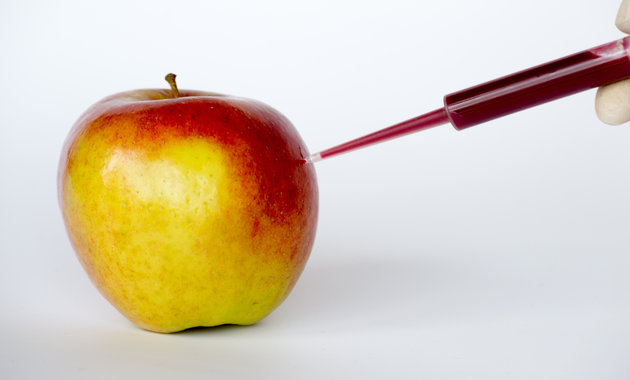
With the ongoing steep rise in adulteration of food in India, it won’t be wrong to say that anything to everything we eat or drink is partially adulterated.
You cannot see these adulterants with the naked eye (except in some cases), but you can detect them at home easily by simple kitchen tricks such as:
1. Milk: Milk can have many adulterants such as:
Adulterant: Water (can cause water-borne diseases)
Test: Put a drop of milk on a smooth slanting surface. Pure milk will flow down slowly and leave a white trail behind. Watered milk will run down fast and leave no such trail.
Adulterant: Synthetic milk.
Test: It has a bitter after-taste and turns yellow on heating.
Adulterant: Detergent.
Test: Shake a small sample of the milk. It will froth.
2. Salt and Sugar
Adulterant: Chalk powder
Test: Dissolve a teaspoon of salt / Sugar in a glass of water. If it is pure, it will dissolve. If chalk is present, it will sink to the bottom
3. Iodised salt
Test: Add some salt on the cut surface of a raw potato. After 1 minute add some lemon juice. Iodized salt will turn blue whereas normal salt will not change color.
4. Turmeric, Yellow Pulses (Chana Dal, Moong Dal, Arhar Dal etc.)
Adulterant: Metanil Yellow (Added to enhance yellow color, can cause stomach disorders)
Test: Add few drops of hydrochloric acid or any other acid available in the home such as lemon juice or orange juice when added in soaked turmeric powder or yellow pulses in Luke warm water turns pink, it indicates that the food is adulterated with metanil yellow.
Also Read: Turmeric Benefits
Trust Ayurveda Products for a healthy living. Buy them at 1mg!
5. Green Vegetables
Adulterant: Malachite Green (it is carcinogenic)
Test: Taking a small portion of food and placing it in moist blotting paper. Colored impressions on blotting paper indicate the presence of malachite green.
6. Apples
Adulterant: A thin layer of wax on the outside to prevent dehydration and to keep the fruit fresh for a long time.
Test: Gently scrape the surface with the blunt edge of a knife. A thin layer of wax will come out.
7. Ice cream
Adulterant: Detergent Powder (Can cause liver disorders)
Test: Squeezing a few drops of lemon juice on the ice cream, frothing and formation of bubbles indicates the presence of detergent powder.
8. Black pepper
Adulterant: Papaya seeds
Test: Allowing the sample to float in alcohol, the mature peppercorns will sink down whereas the lighter papaya seeds will float to the surface.
9. Coconut oil
Adulterant: Other vegetable oils.
Test: Put a small sample in the fridge. Coconut oil will freeze, while the other oils will form a separate layer.
10. Mustard seeds
Adulterant: Argemone seeds which can cause dropsy and glaucoma.
Test: Mustard seeds are smooth from outside and when crushed are yellow inside. Argemone seeds are outwardly rough and when crushed are white from inside.
11. Red chilly powder
Adulterant: Brick powder, colored sawdust, and Sudan red.
Test: Sprinkle a little powder on a glass of water. The brick powder will settle to the bottom.
The water-soluble color in the sawdust will produce streaks of color in the water.
12. Cumin seeds
Adulterant: Grass seeds colored with charcoal.
Test: Rub a little jeera between your fingers. A black residue indicates charcoal.
13. Coffee
Adulterant: Tamarind seeds powder and Chicory powder (may cause joint pains, loose stools or giddiness)
Test: Sprinkling of coffee powder gently on the surface of the water in a glass, coffee will float whereas chicory powder will sink immediately leaving a trail of color behind it.
14. Tea leaves
Adulterant: Iron filings and color added to used and dried tea leaves.
Test: Iron filings can be removed by a magnet.
Put some tea leaves on a damp blotting paper. The presence of color on the paper shows that the leaves have been dyed.
Always buy ISI or Agmark certified products or reputed brands products.
“Safety starts with you, let your food be your medicine and not medicine be your food”
**Consult India’s best doctors here***